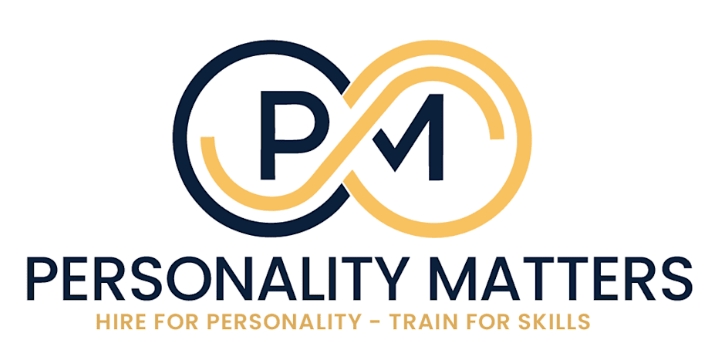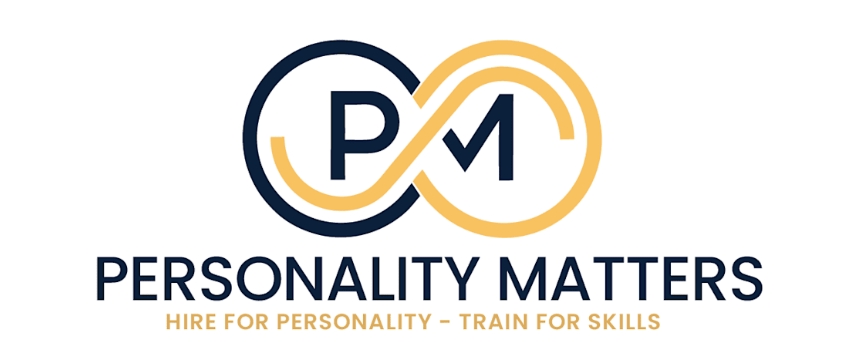We often think of personal growth in terms of goals, habits, and mindsets. But there’s one powerful, often overlooked element that plays a vital role in our growth:
Boundaries.
At first glance, boundaries might sound limiting. But in reality, boundaries aren’t walls that keep life out—they’re bridges that connect you to a healthier, more authentic version of yourself. They’re not about controlling others; they’re about protecting your energy, values, and time so you can expand rather than shrink under pressure.
Let’s break down why boundaries matter so much in personal development—and how to start setting them with clarity and confidence.
What Are Boundaries, Really?
Boundaries are the invisible lines that define what is okay and not okay for you.
They can be:
- Physical (e.g., personal space, touch)
- Emotional (e.g., how you allow others to speak to you)
- Time-based (e.g., availability, work/life balance)
- Energetic (e.g., what kind of energy or people you allow into your space)
When you set boundaries, you’re saying, “This is what I need to be my best self.”
Why Boundaries Are Essential for Growth
1. They Create Space for Self-Discovery
Without boundaries, your time and energy are constantly consumed by others’ demands. With boundaries in place, you finally have the space to think, reflect, and grow.
Growth needs stillness, solitude, and self-connection. Boundaries make that possible.
2. They Build Self-Respect and Confidence
Every time you set and enforce a boundary, you’re sending yourself a powerful message: “I matter.”
This cultivates self-trust—one of the foundations of personal growth.
3. They Protect Your Energy and Focus
Boundaries help you say no to distractions, toxicity, and burnout—so you can say yes to what truly matters. They protect your mental bandwidth for your goals, passions, and healing.
You can’t pour from an empty cup—and boundaries keep your cup from constantly being drained.
4. They Improve Relationships
Healthy boundaries actually strengthen relationships. Why?
They reduce resentment
They increase clarity and honesty
They teach others how to treat you
When you respect your own boundaries, others are more likely to respect them too.
5. They Support Emotional Resilience
Growth often requires discomfort, but not depletion. Boundaries help you navigate difficult situations with clarity. You’re less likely to be reactive and more likely to respond from a grounded place.
How to Start Setting Healthy Boundaries
Step 1: Get Clear on Your Needs
Ask yourself:
When do I feel overwhelmed or disrespected?
What drains me emotionally or physically?
Where do I need more space, protection, or time?
These are signs that a boundary is needed.
Step 2: Communicate Clearly and Kindly
A boundary doesn’t need to be aggressive. It just needs to be clear.
Examples:
“I’m not available for work calls after 6 p.m.”
“I value honesty in conversations, and I need us to talk openly.”
“I can’t commit to that right now, but I appreciate you thinking of me.”
Step 3: Stay Consistent
Boundaries require reinforcement. People may push back—especially if they were benefiting from your lack of boundaries before. Stay firm, and remind yourself why you’re doing this: for your growth, peace, and power.
Step 4: Expect Discomfort—But Not Guilt
Yes, setting boundaries might feel awkward or uncomfortable at first. But guilt is not a sign that you’re doing something wrong—it’s a sign you’re doing something new.
Over time, this discomfort fades and is replaced by confidence and calm.
Final Thoughts: Boundaries Are a Growth Superpower
If you’re serious about becoming the best version of yourself, boundaries aren’t optional—they’re essential. They allow you to grow without constantly being pulled in a dozen directions. They give you permission to prioritize your needs, values, and vision.
So the next time you hesitate to set a boundary, remind yourself:
“Every time I honor my limits, I expand my potential.”
You don’t grow by pleasing everyone—you grow by protecting what matters most.
Ready to practice?
Start small. Choose one area where you need a boundary today—and take a step to put it in place. Growth starts there.














